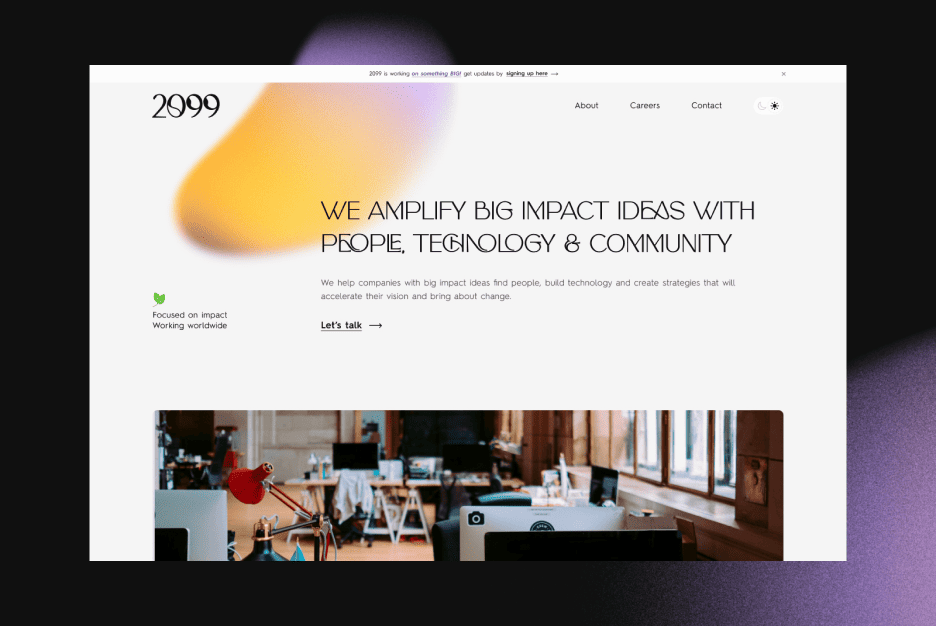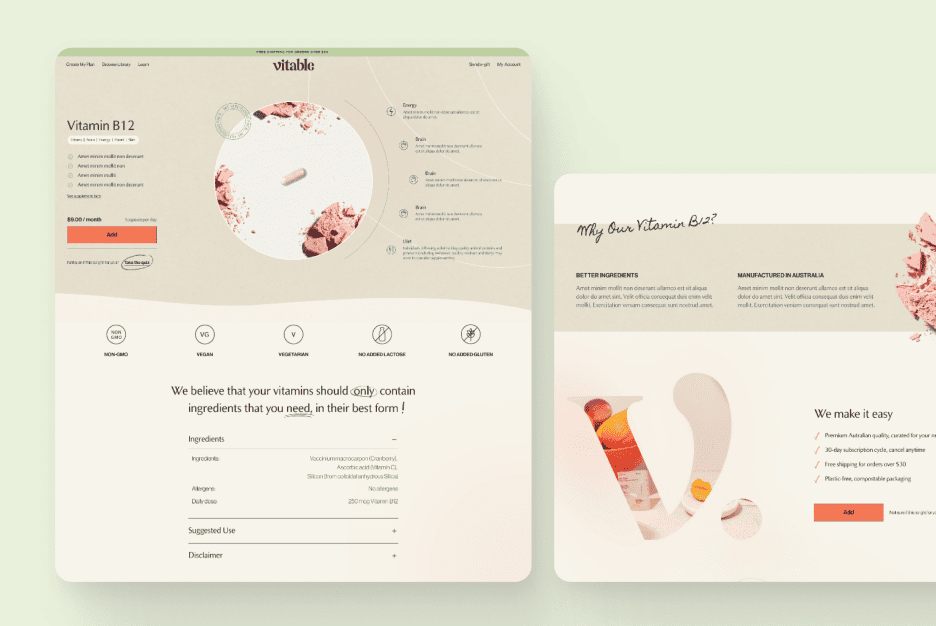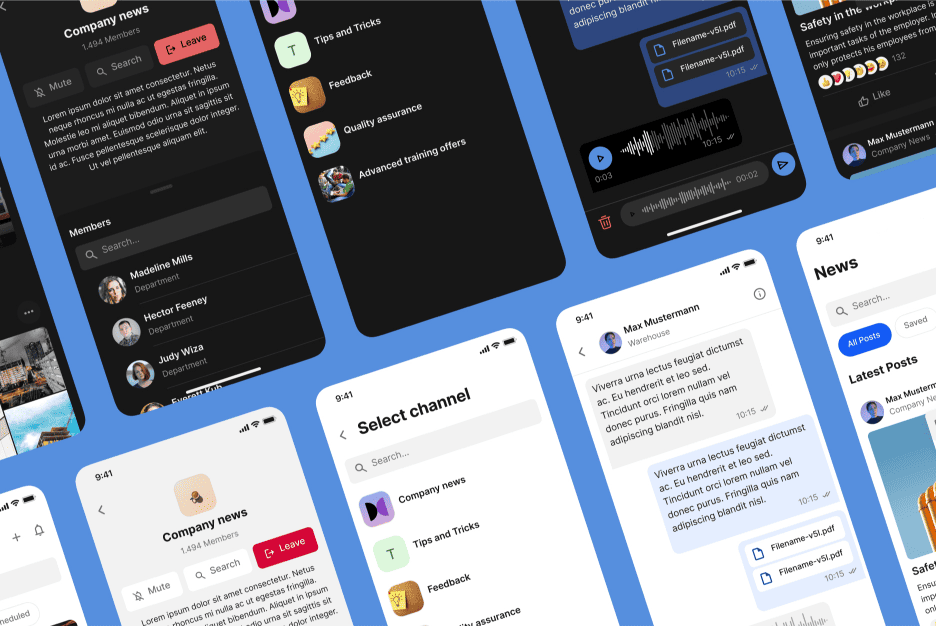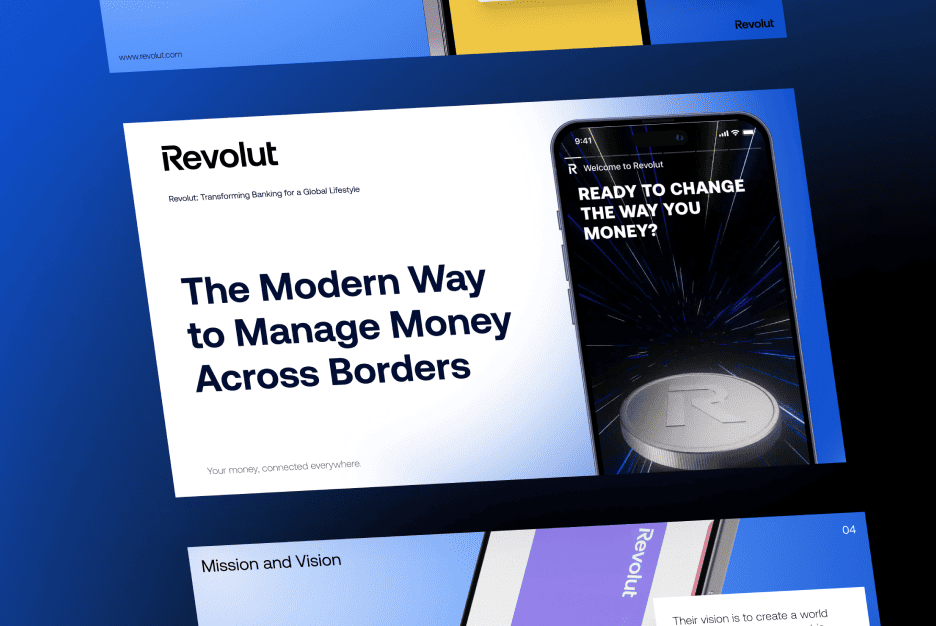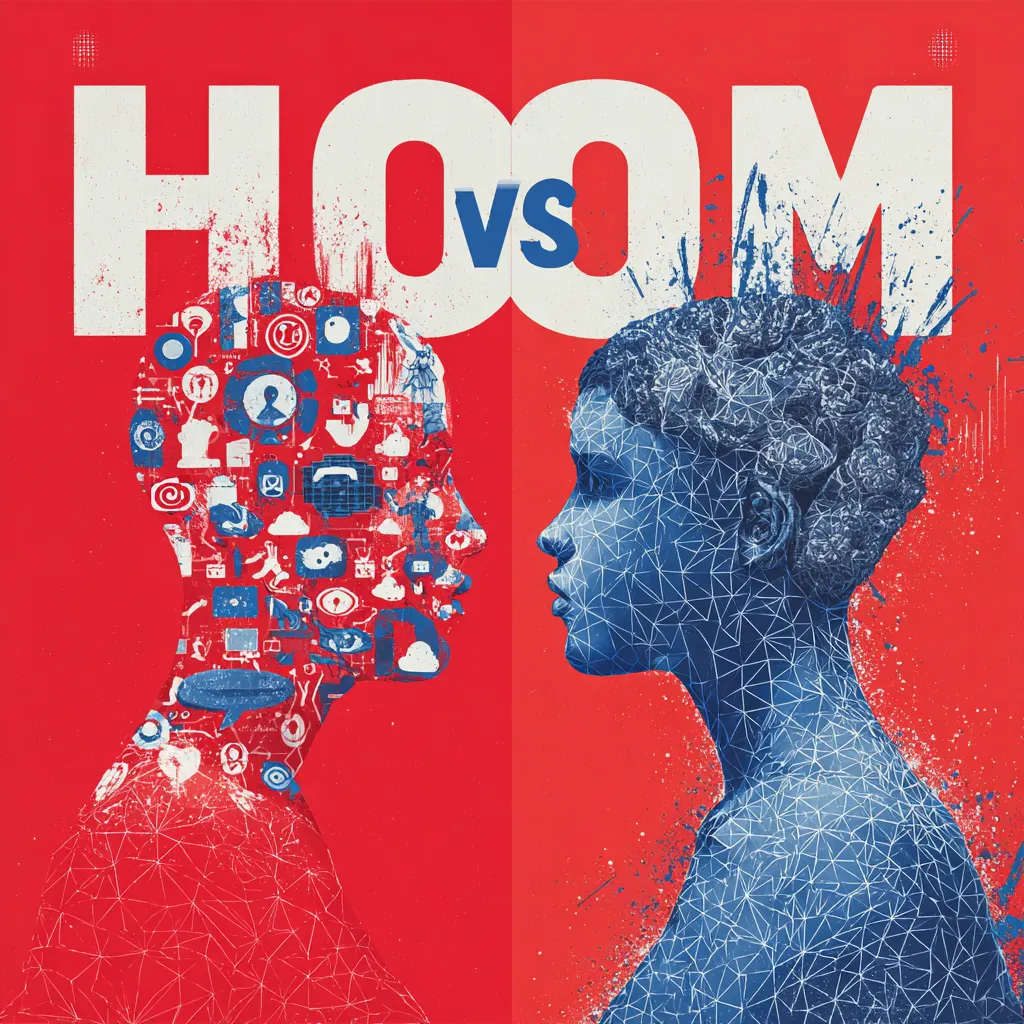Let’s be honest — the internet feels like it’s run by robots these days. Every post sounds “optimized,” every caption “generated,” and every ad is suspiciously polished. Somewhere along the way, brands started chasing algorithms more than people. And here’s the plot twist — humans can feel it.
Because even the smartest AI can’t fake one thing — genuine emotion. And that’s exactly what’s missing from most digital voices today.
The World Where Brands Speak With the Voice of Machines
Scroll through your feed, and you’ll spot it instantly: everything looks perfect, but somehow feels empty. Smooth phrases, flawless visuals, zero personality. It’s like listening to a well-programmed assistant trying to tell a joke — polite, efficient, but painfully awkward.
Companies have fallen in love with automation tools. Scheduling platforms, AI copywriters, chatbots — all these help keep up with Trends. But when every brand sounds like a clone, audiences stop listening. People crave quirks, humor, and real tone shifts — not just grammatically correct lines.
Why “Perfect” Content Loses Its Soul
Perfection is boring. Nobody connects with flawless robots — we connect with human flaws. Typos, unfinished thoughts, that random emoji you threw in at 2 a.m. — that’s what makes communication real.
When brands polish every word to fit the algorithm, they lose that spark. Think about it: ever noticed how most posts feel like they were written by the same person? Because, in a way, they were — by data models chasing the same metrics.
People Can Feel the Fake Even in Text
Humans are emotional detectors. We sense tone instantly. When a brand “pretends” to care, it’s like someone smiling with their eyes closed — it just doesn’t feel right.
Real voices have rhythm. They stumble, joke, even contradict themselves. That’s what makes them relatable. AI can generate words, but it can’t simulate sincerity. Not yet, anyway.
Algorithms Teach You to Write Right, Not to Feel
Algorithms are great students but terrible artists. They’re obsessed with correctness, not connection. They’ll tell you when your sentence is too long — but they’ll never tell you if it feels cold.
The problem? Brands listen to data more than intuition. Every post gets A/B tested, analyzed, optimized — until it becomes as emotional as a toaster manual. And then marketers wonder why engagement drops.
What It Means to Sound Human in the Digital Era
Being “human” doesn’t mean being sloppy. It means sounding like you actually exist. Your brand’s voice should have warmth, empathy, and honesty — not just a perfect grammar score.
Here are a few signs your tone feels real:
- You use everyday words, not marketing buzzwords.
- You tell stories instead of quoting stats.
- You’re not afraid to show personality — humor, frustration, curiosity.
Even the design plays a role. Something as simple as a Dark Theme or bold Color Schemes can make a message feel warmer or colder. The way you look online should match the way you “talk.”
The Brand Voice as a Reflection of Personality, Not a Formula
A good brand voice is like a fingerprint — unique and impossible to replicate. You can’t fake it by following a template. You need to understand your brand’s character first: is it playful, confident, sarcastic, rebellious?
Once that’s clear, everything — from tone to visuals — falls into place. Think of the world’s most recognizable voices: Wendy’s Twitter roasts, Nike’s motivational simplicity, or Duolingo’s chaotic mascot energy. None of them follow the same formula.
Emotions as the Currency of Trust Between Brand and Audience
People don’t buy logic — they buy feelings. When you make someone smile, you’ve already earned a piece of their trust. That’s why emotions are the most powerful marketing tool in existence.
Emotionally engaging brands don’t sell products, they sell stories. A cup of coffee becomes “a moment of calm.” A running shoe becomes “the start of your comeback.” The difference is subtle but massive.
Why Consumers Are Tired of Faceless Messages
Audiences are burnt out on automated everything. The emails that start with “Hi [Name], we noticed you left something in your cart” don’t work anymore — because they sound robotic.
Today’s users want honesty, not marketing scripts. They want to feel like someone’s actually talking to them, not feeding them engagement bait. When communication lacks soul, it turns invisible.
Stories That Build Connection, Not Just Sales
Storytelling is how humans make sense of the world. The same rule applies to branding. The more human your story feels, the stronger your bond with your audience.
Think about Pixar — their movies make adults cry because they’re rooted in truth. The same logic applies to marketing. When you share your failures, doubts, and “oops” moments, people relate. Vulnerability is magnetic.
Here’s a quick reminder for brands trying to sound real:
- Stop trying to impress — try to connect.
- Replace jargon with honesty.
- Don’t post to please algorithms; post to make someone feel something.

Real Brands That Speak Authentically
Let’s look at some examples. Patagonia built an empire on radical honesty — they literally told customers not to buy their jackets to promote sustainability. That’s what integrity looks like.
Another one: Innocent Drinks. Their social media feels like chatting with a cheerful friend who’s slightly too obsessed with smoothies. No scripts, no stiff tone, just pure personality.
Even big tech brands are catching on. Spotify Wrapped turned data into storytelling, mixing humor and identity. They didn’t just show numbers — they made you feel like the main character.
The Future of Branding in a World Where Emotion Beats Optimization
Here’s the truth: AI isn’t the enemy. It’s just a tool. The danger starts when brands let it replace emotion. The future belongs to those who blend data with depth, creativity with empathy.
The next big wave won’t be about Trends or keyword density. It’ll be about trust. The most successful brands will be those that make people feel seen, heard, and understood — even through a screen.
Because no matter how good the algorithm gets, humanity will always be the ultimate upgrade.
